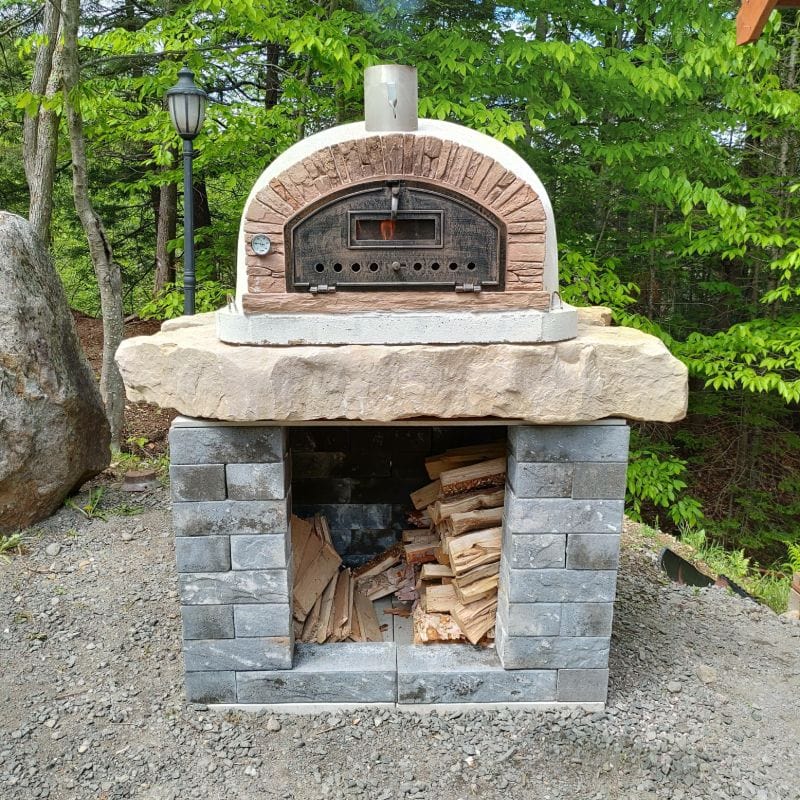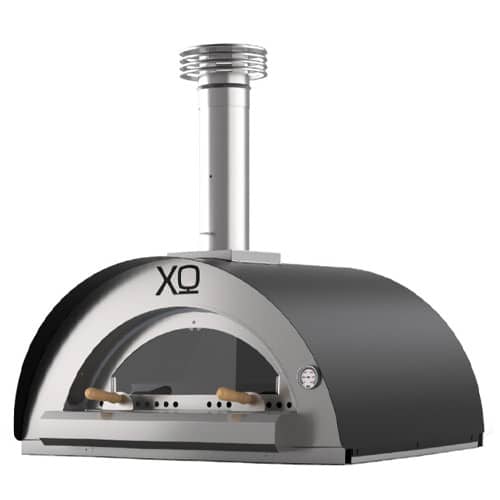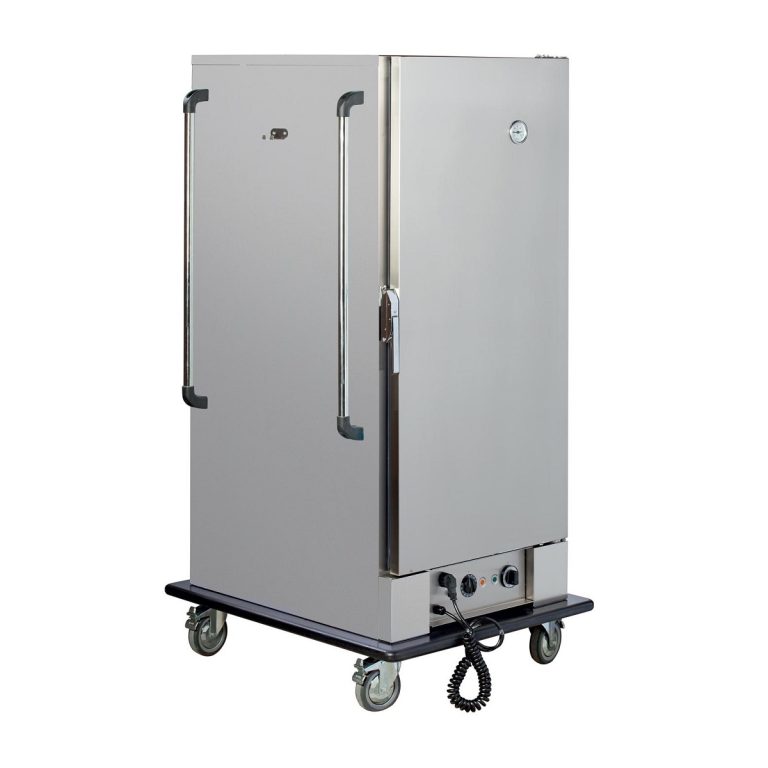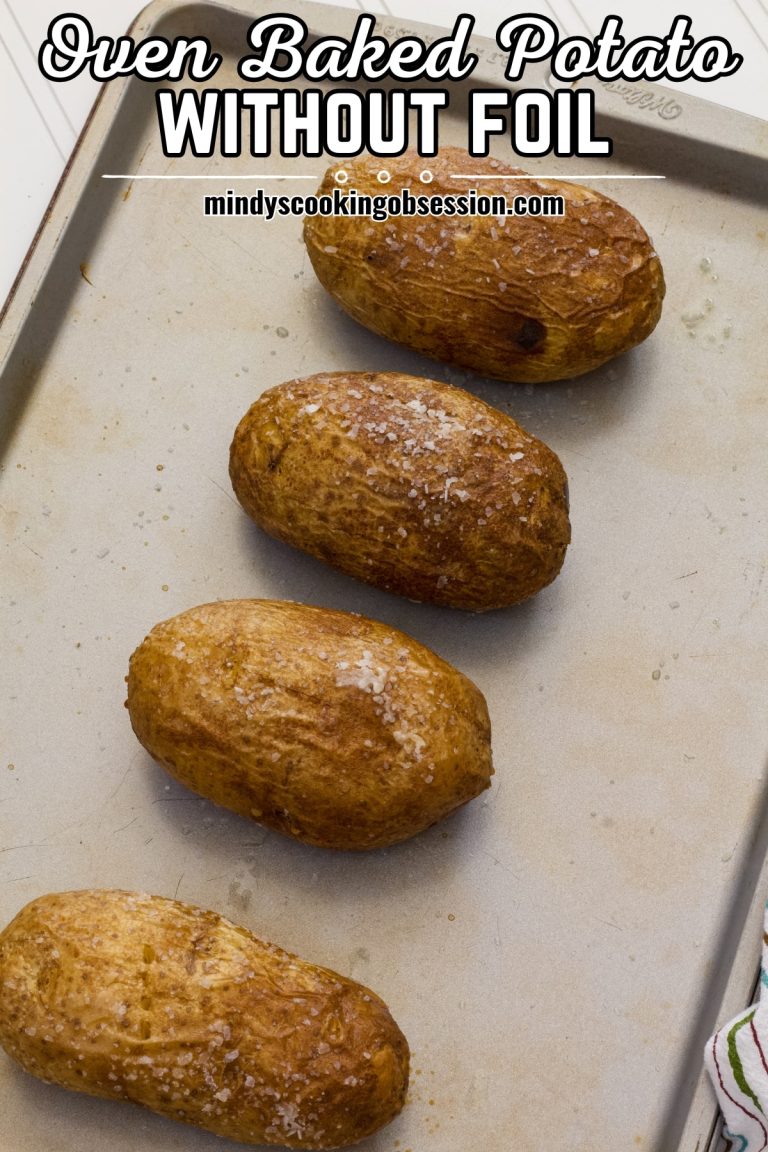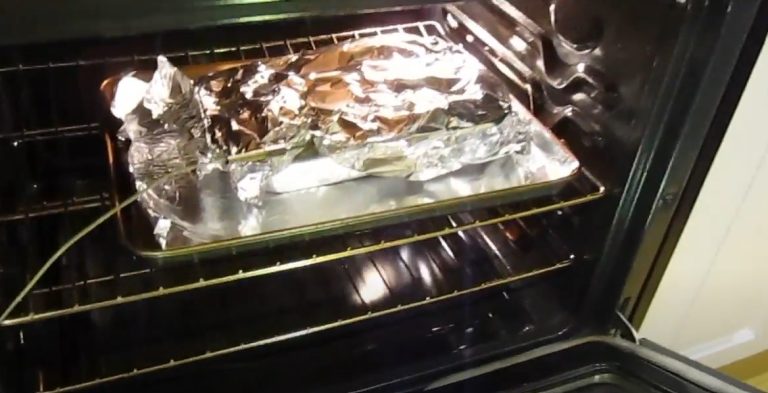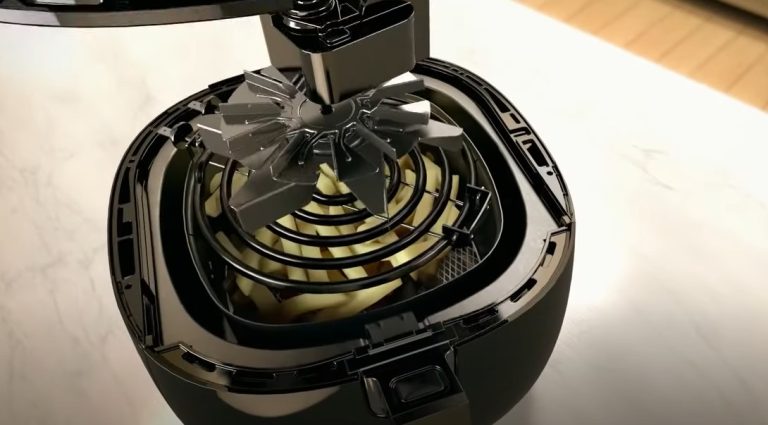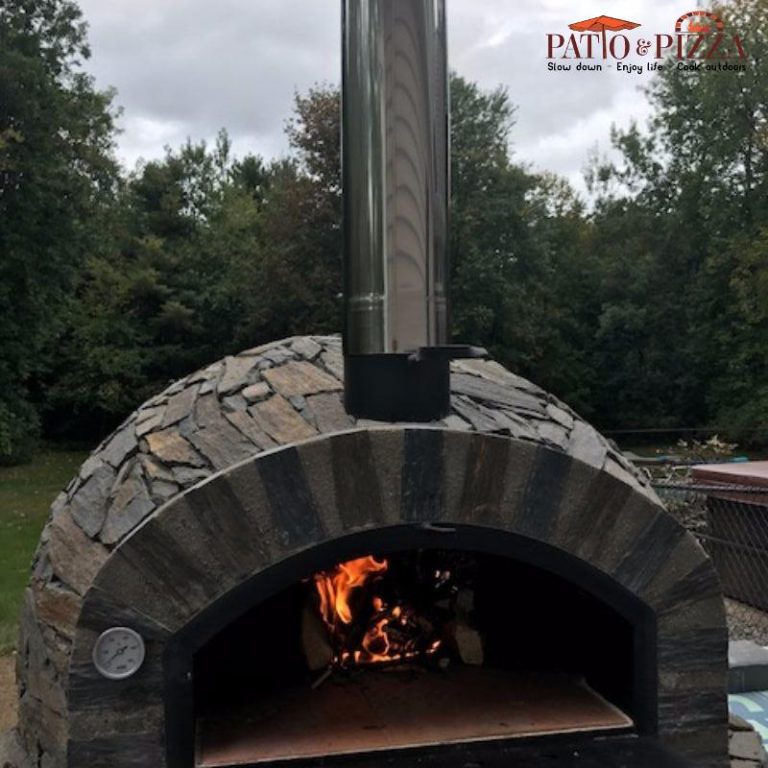Wood for Wood Burning Pizza Oven: Best Choices Revealed
Imagine the smell of freshly baked pizza wafting through your backyard. The crispy crust, gooey cheese, and perfectly charred toppings all come together to create a slice of heaven.
But there’s a secret ingredient that can make or break your pizza oven experience: the wood you choose. Selecting the right wood for your wood-burning pizza oven isn’t just about firing up a flame; it’s about enhancing flavors, achieving the perfect cook, and making your pizza nights unforgettable.
Do you know which wood can give your pizza that authentic, smoky taste? Or how certain woods can affect the temperature and cooking time? If you’re ready to elevate your pizza game and impress your guests with every bite, you’ve come to the right place. Dive into this guide to discover how the right wood can transform your pizza-making skills from ordinary to extraordinary.
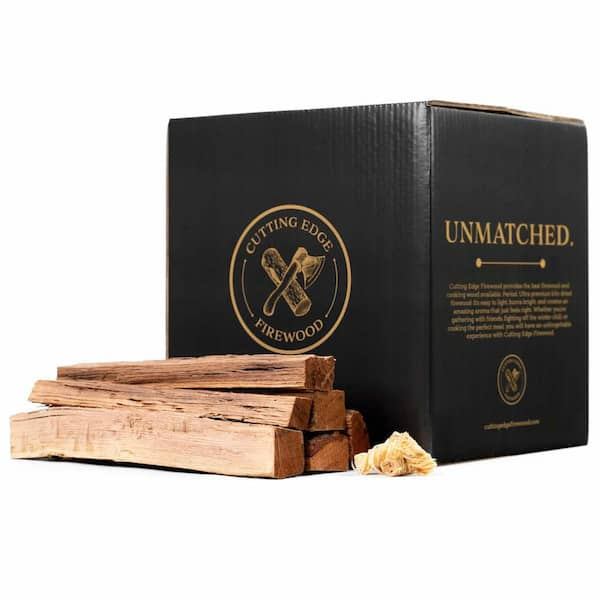
Credit: www.homedepot.com
Wood for Wood Burning Pizza Oven
Types Of Wood For Pizza Ovens
Oak, maple, and cherry wood are popular choices for wood burning pizza ovens. Oak burns evenly, providing consistent heat. Maple adds a mild sweetness to the pizza. Cherry wood gives a rich flavor and vibrant aroma. Each type enhances the pizza’s taste uniquely.
When it comes to crafting the perfect pizza in a wood-burning oven, the type of wood you use can make a significant difference. Each type of wood imparts its own unique flavor and aroma to the pizza, elevating your culinary experience. Whether you’re an aspiring home pizza chef or a seasoned professional, understanding the characteristics of different woods can help you choose the best one for your oven.
Oak
Oak is a popular choice for pizza ovens due to its dense nature, which allows it to burn slowly and evenly. This wood provides a subtle smoky flavor without overpowering the taste of your pizza. Many pizza enthusiasts appreciate oak for its reliability and consistent heat.
Maple
Maple wood is known for its mild sweetness, adding a gentle hint of flavor to your pizza. It burns cleanly and produces a good amount of heat, making it a practical choice. If you enjoy a slightly sweet undertone in your pizza, maple is a great option.
Cherry
Cherry wood offers a fruity aroma that can enhance the taste of your pizza with a unique twist. It burns at a moderate rate, providing a steady heat source. Cherry’s distinct flavor profile can turn an ordinary pizza into a memorable culinary experience.
Apple
Apple wood is favored for its sweet and fruity smoke that complements the natural flavors of pizza toppings. It burns slowly and is ideal for those who enjoy experimenting with flavors. Using apple wood can give your pizza a deliciously sweet and smoky touch.
Hickory
Hickory wood is renowned for its strong, hearty smoke, perfect for those who prefer a bold flavor. It burns hot and long, providing an intense heat for cooking. If you’re looking to add a robust, smoky flavor to your pizza, hickory is the way to go.
Mesquite
Mesquite wood is known for its distinct, strong aroma and is often used in grilling. While it’s not as common for pizza ovens, it can add a rich, earthy flavor to your pizza. Use it sparingly, as its strong taste can easily overpower other flavors. Choosing the right wood for your pizza oven can transform your cooking experience. Have you experimented with different types of wood? Which one added that perfect touch to your pizza? Exploring different woods can open up new flavor possibilities and make your pizza nights truly special.
Characteristics Of Good Wood
Choosing the right wood for a wood-burning pizza oven is crucial. The wood’s characteristics affect the cooking process and flavor. Good wood ensures efficient burning, consistent heat, and delicious pizza.
Density And Hardness
Dense wood burns longer and produces more heat. Hardwoods like oak and maple are ideal. They provide steady heat and are readily available.
Moisture Content
Wood should have low moisture content for optimal burning. Wet wood produces too much smoke and less heat. Kiln-dried wood is a good choice. It has minimal moisture and burns cleanly.
Size And Shape
Properly sized wood pieces fit well in the oven. Small pieces ignite quickly and maintain heat. Uniform shapes ensure even burning and consistent temperature.
Natural Aroma
Wood with a pleasant aroma adds flavor to pizza. Fruitwoods like apple and cherry offer a sweet scent. The aroma enhances the taste and smell of your pizza.
Sustainability
Sustainable wood choices support environmental health. Look for wood sourced from responsibly managed forests. This choice benefits the planet and ensures future availability.
Accessibility
Wood should be easy to find in your area. Locally sourced wood often costs less. It also supports regional businesses.
Top Hardwood Options
Choosing the right hardwood for a wood-burning pizza oven enhances flavor and efficiency. Oak, maple, and hickory are excellent choices. They provide steady heat and aromatic smoke, perfect for cooking.
Imagine stepping into your backyard, ready to fire up your wood-burning pizza oven. The aroma of burning wood fills the air, promising a delicious homemade pizza. But, do you know which wood will make your pizza truly unforgettable? Selecting the right hardwood is crucial. Some woods burn hotter, while others impart unique flavors. Let’s explore the top hardwood options that can elevate your pizza-making experience.
Oak
Oak is a popular choice for wood-burning pizza ovens. It burns hot and slow, which is perfect for cooking pizzas evenly. The smoke from oak wood adds a subtle flavor without overpowering the taste. If you’ve ever enjoyed a pizza with a slight smoky touch, chances are oak was behind that flavor.
Maple
Maple is another excellent option. It burns cleanly and efficiently. The smoke it produces is mild, which complements the natural sweetness of pizza sauce and toppings. Have you ever noticed a hint of caramelized sweetness on your pizza crust? Maple might have been the secret ingredient.
Cherry
Cherry wood is known for its sweet and fruity smoke. It burns at a medium heat, making it great for pizzas that require a delicate touch. If you’ve savored a pizza with a hint of sweetness in every bite, cherry wood might have been the magic behind it.
Apple
Apple wood is famous for its gentle, sweet smoke. It burns slowly, ensuring your pizza cooks thoroughly. The aroma of apple wood can make your cooking experience as delightful as the taste. Have you ever been captivated by the comforting scent of a wood-burning oven? Apple wood might be the reason.
Hickory
Hickory is strong and robust. It burns hotter than many other woods, which can be a game changer for pizzas that thrive on high heat. If you enjoy a bold, smoky flavor, hickory wood might be your best ally. Does your pizza have a pronounced smokiness that lingers? Hickory could be the key. Choosing the right wood for your pizza oven is more than just a step in the cooking process. It’s about creating an experience. Have you experimented with different hardwoods? Which one transformed your pizza into a culinary masterpiece?
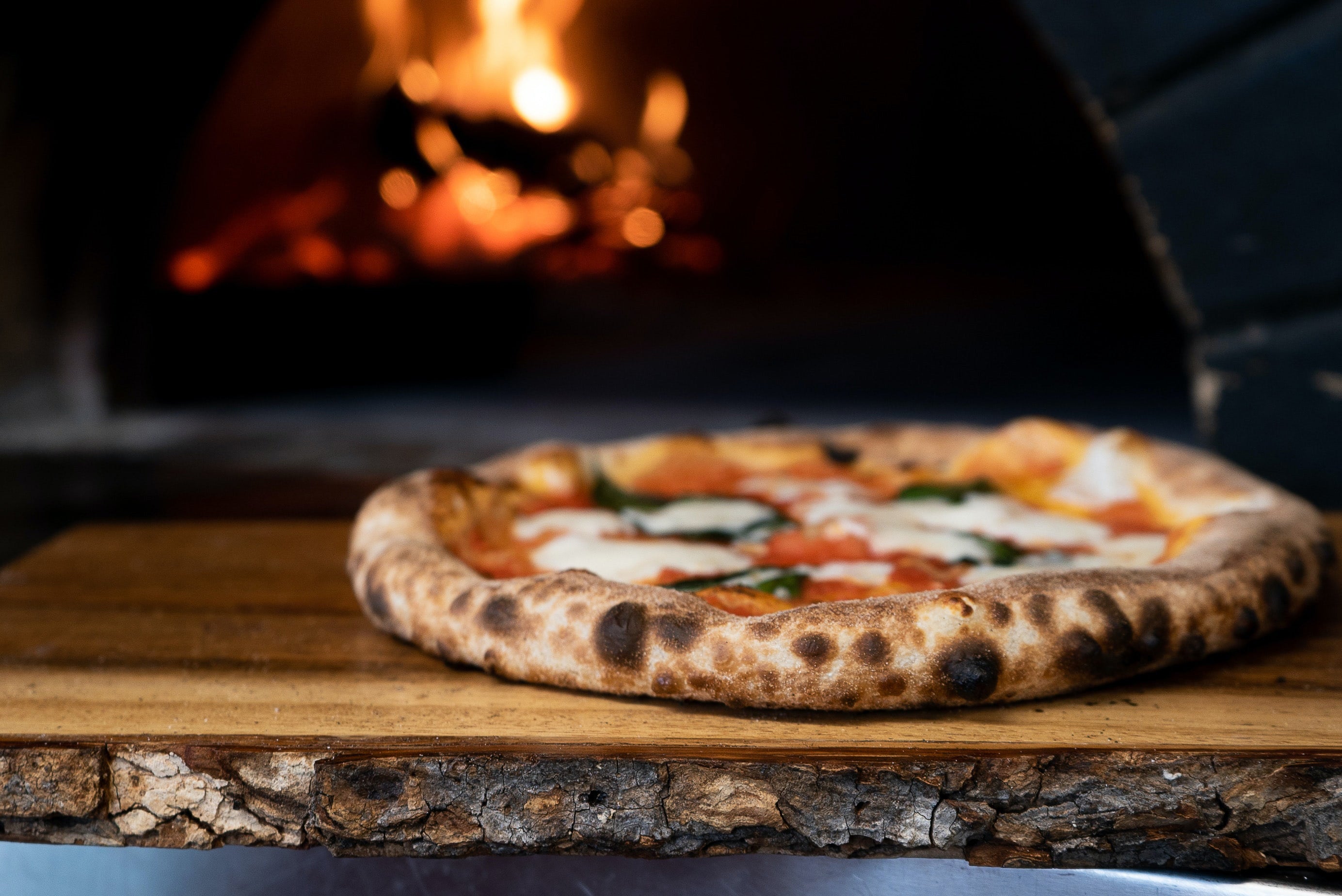
Credit: fornopiombo.com
Softwood Choices And Considerations
When you’re selecting wood for your wood-burning pizza oven, softwood can be an interesting option. While hardwoods are often favored for their long burn times and high heat output, softwoods shouldn’t be dismissed outright. They offer unique benefits and can be a great choice for specific cooking situations.
Softwood Choices
Softwoods like pine and cedar can ignite quickly, making them excellent for starting fires. Their lighter density means they burn faster, which can be useful when you need a quick burst of heat. However, they may not sustain the high temperatures required for cooking pizza. You might find them more suitable for warming up the oven before adding hardwoods.
Considerations For Flavor
Softwoods impart unique flavors to your food, which can be a double-edged sword. Some people enjoy the subtle taste they add, but it’s essential to ensure that the wood is free from resin and chemicals. You don’t want to compromise the flavor of your pizza with undesirable tastes. Always ensure you’re using untreated wood to keep your food safe.
Environmental Impact
Softwood trees grow faster than hardwoods, making them a more sustainable choice. If you’re environmentally conscious, softwoods can be a better option. They require less time to replenish and can be harvested more frequently, reducing the strain on forests. Consider your environmental footprint when making your selection.
Personal Experience
Once, I decided to try using softwood for my pizza oven because I ran out of hardwood. I was pleasantly surprised by how quickly the oven heated up, but I did notice the temperature dropped sooner than expected. It was a useful lesson in how softwood can be a great starter but not always the best for maintaining high heat.
Safety Measures
Softwoods can sometimes spark more than hardwoods, which might pose a safety risk in your cooking area. Ensure your oven is equipped to handle these sparks, and keep a close eye on the fire. It’s crucial to maintain safe cooking practices, especially if you’re experimenting with different types of wood.
Have you considered trying softwood in your pizza oven? It could be an opportunity to discover new flavors and cooking techniques. Understanding the nuances of different wood types can elevate your cooking experience. What’s holding you back from experimenting with softwood? Dive in, and you might find a new favorite way to fire up your oven.
Sourcing Quality Wood
Choosing the right wood is essential for a wood-burning pizza oven. Quality wood ensures steady, high heat and enhances flavor. Opt for hardwoods like oak or maple, which burn efficiently and cleanly.
Sourcing quality wood for your wood-burning pizza oven is crucial to achieving that perfect, crispy crust and smoky flavor. The type of wood you choose can significantly impact the taste of your pizza. High-quality wood ensures efficient burning, consistent heat, and, ultimately, a better cooking experience. But how do you know which wood is the right choice? Let’s dive into the essentials of sourcing the best wood for your pizza oven.
Understanding Hardwood Vs. Softwood
When selecting wood, focus on hardwoods like oak, maple, or hickory. These woods burn hotter and longer, making them ideal for pizza ovens. Softwoods, like pine or fir, contain sap and resin, which can produce unpleasant flavors and excessive smoke. Choose hardwoods to ensure a clean burn and delicious results.
Locally Sourced Or Specialty Vendors?
Consider sourcing wood locally to reduce costs and support local businesses. Local vendors often offer seasoned wood, which burns better and is more sustainable. Specialty vendors, on the other hand, might provide unique wood varieties that enhance your pizza’s flavor profile. Balance cost and flavor to find the best option for your needs.
Seasoning Your Wood
Seasoned wood is essential for a successful pizza-making session. Properly seasoned wood has a moisture content of around 20%, ensuring it burns efficiently. Freshly cut wood can be problematic, as excess moisture leads to smoke and uneven heat. Store your wood in a dry, airy place to maintain its quality.
Environmental Considerations
Think about the environmental impact of your wood choice. Sustainably harvested wood is better for the planet and often burns more efficiently. Look for certifications from organizations like the Forest Stewardship Council (FSC) to ensure ethical sourcing. Your choice can make a difference in both your pizza and the environment.
Testing Different Woods
Experiment with different wood types to discover unique flavors. Try mixing woods, such as oak with a bit of applewood, to create a distinct taste. Take notes on how each type of wood affects your pizza’s flavor and texture. This hands-on approach can lead to exciting new recipes and a deeper understanding of your oven’s potential. Sourcing the right wood for your pizza oven is more than just a choice; it’s an art that enhances your culinary creations. By understanding the differences between wood types, considering local and specialty options, and experimenting with flavors, you can elevate your pizza-making to new heights. Which wood will you try next?
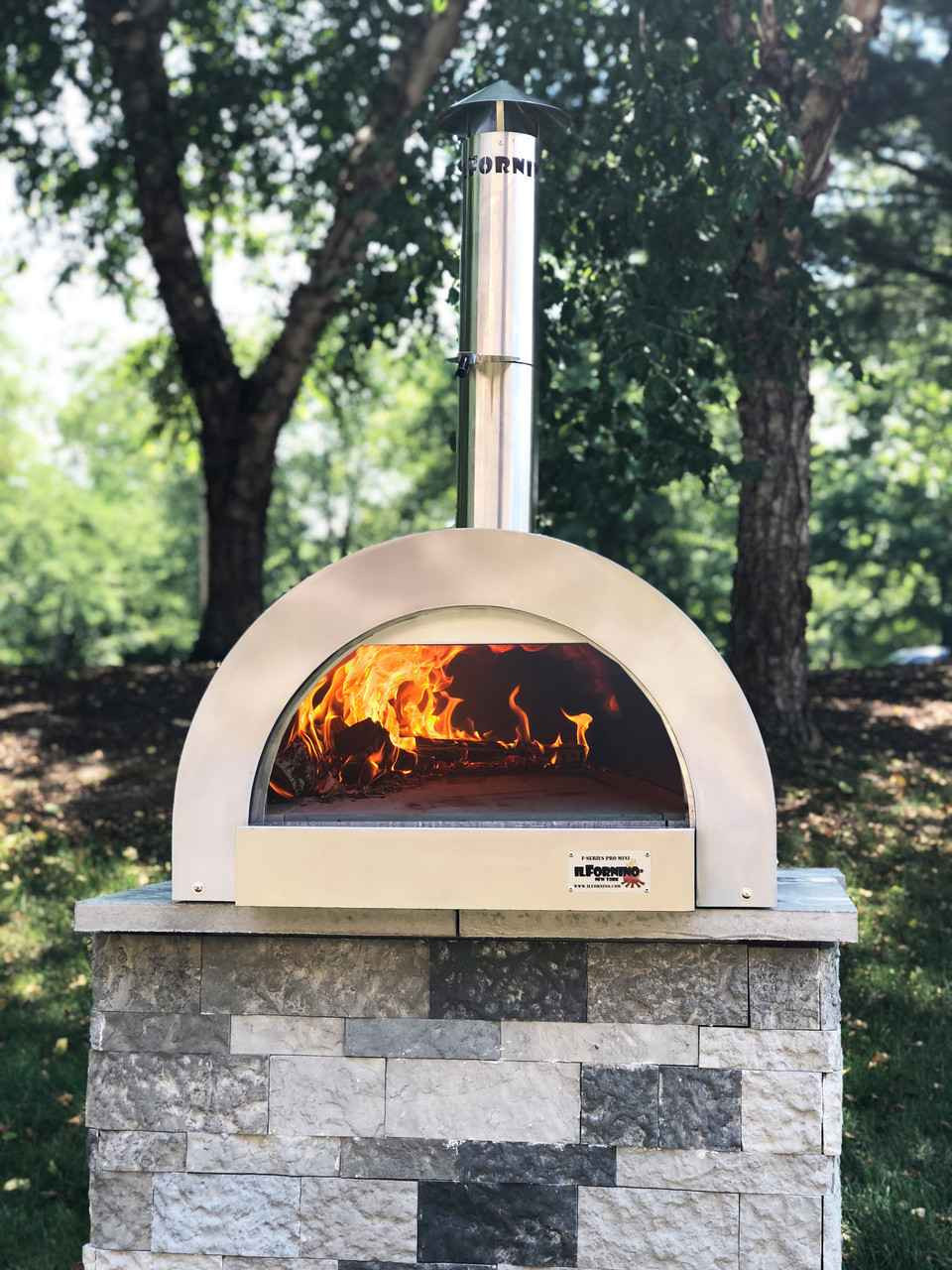
Credit: www.ilfornino.com
Frequently Asked Questions
What Type Of Wood Is Best For Pizza Ovens?
Hardwoods like oak, maple, and ash are ideal. They burn hot and long, providing consistent heat.
Can Softwood Be Used For Pizza Ovens?
Softwoods, like pine, burn quickly and leave soot. They’re not recommended for pizza ovens. Stick to hardwoods.
How Much Wood Is Needed For A Pizza Oven?
Typically, 5-7 logs are enough for a session. It depends on oven size and desired heat level.
Conclusion
Choosing the right wood is crucial for a pizza oven. It affects flavor and heat. Oak and maple are great choices. They burn hot and clean. Avoid softwoods like pine. They create too much smoke. Always use dry, seasoned wood.
Wet wood is not effective. It takes longer to burn. And produces less heat. Experiment with different woods. Find your perfect pizza flavor. Enjoy delicious pizzas at home. It’s a rewarding experience. Share it with family and friends. Happy cooking!
Related Post:
- Xlt Pizza Ovens: Revolutionize Your Home Baking
- Who Makes the Best Over the Range Microwave Oven? Top Picks
- Why is My Oven Not Turning On? Quick Fixes Explained

Hi there, my name is Kitty Wilson and I am the founder of Globokitchen.com. Professionally, I am a chef and start my cooking journey since 2009. Stay tuned to get splendid cooking tips, ideas, and hacks

